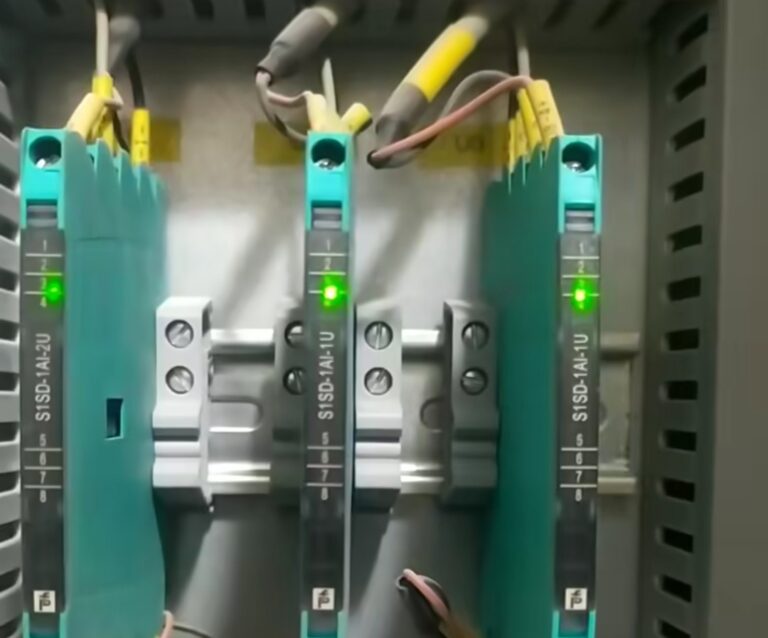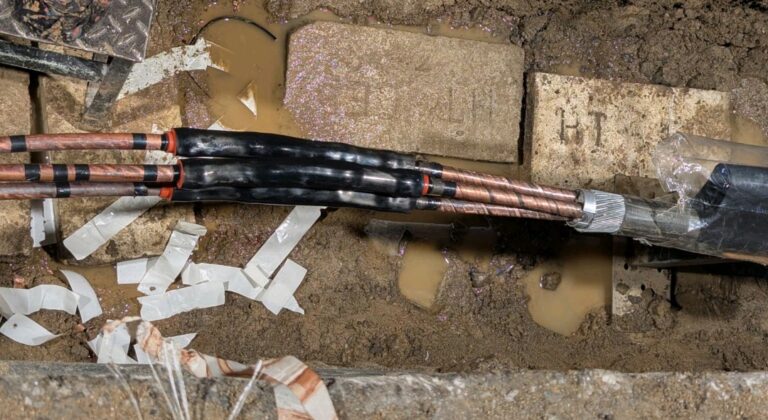Understanding Electrical Grounding and Safety:-
Electricity always takes the path of least resistance. This principle is crucial for ensuring safety in electrical systems.
how grounding works and why it’s essential:-
Path of Least Resistance: Electricity will always choose the path with the least resistance. If an electrical device has a lower resistance path than the human body, electricity will flow through the device instead of a person, preventing harm.
Grounding: –
Grounding involves connecting the body of an electrical device to a suitable wire that directs electricity away from the device and into the ground. This process ensures that any stray electricity is safely dissipated into the earth.
Construction Phase: –
The best time to implement grounding is during building, house, or villa construction. This ensures that all electrical systems are properly grounded from the start.Three-Prong Plugs: Electrical devices often have three-prong plugs, with two prongs for operation and one for grounding. This design helps protect users from electrical shocks.
Earth Leakage Protection:-
If grounding is impossible, devices can be protected using Earth Leakage Circuit Breakers (ELCB). These breakers detect and interrupt the flow of electricity if a leak is detected, protecting users from potential harm.
: key points:- Proper grounding and the use of ELCBs are essential for electrical safety, ensuring that electricity flows through safe paths and protecting users from electrical hazards.

